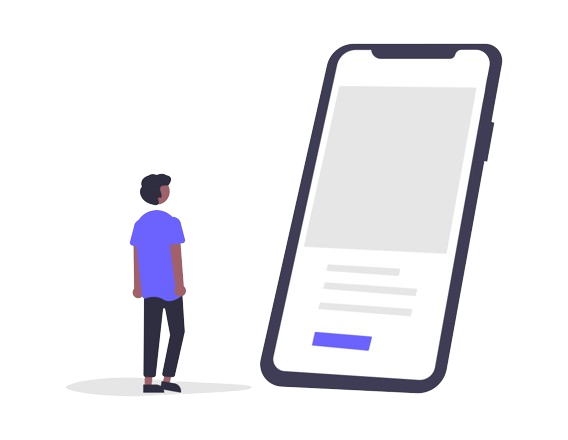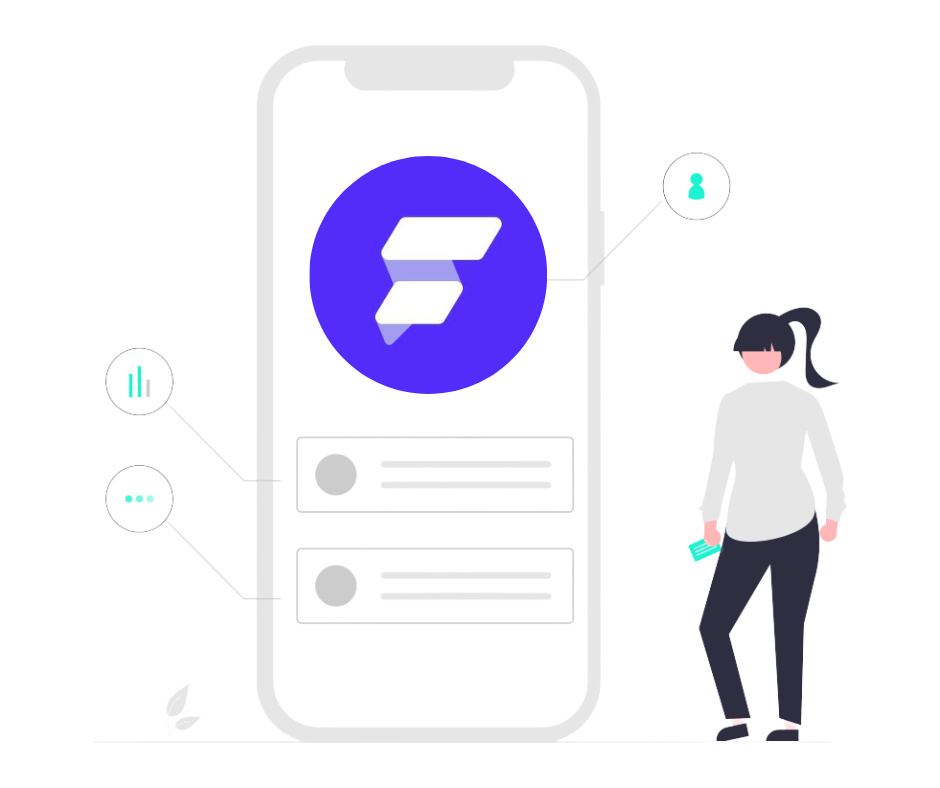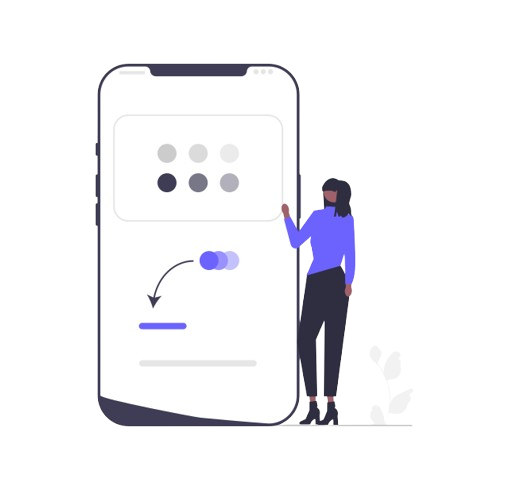Why build an AI app today?
When starting to build an AI application, it is important to define what problem the application will solve, as this directly influences the design and implementation of the algorithms. AI applications are used in a variety of areas, including healthcare, education, and e-commerce. Therefore, choosing a practical and innovative approach ensures greater success and engagement. As the market evolves, developers need to adopt tools that simplify programming while offering flexibility and robustness.
First steps in creation

To create an AI application, the first step involves selecting the right tools and clearly planning the project. Before you start, it is essential to determine what features the application will offer. For example, tools such as Bubble allow you to create interactive and functional interfaces without the need to program manually. This approach makes the process simpler, especially for beginners who are just discovering the world of development.
Additionally, choosing the right infrastructure is critical to ensuring that your application meets user expectations. This includes defining efficient databases, implementing reliable APIs, and considering scalability. Working with Nocode It also helps eliminate technical barriers, allowing innovative ideas to come to fruition quickly. Planning each stage of development in detail saves time and reduces potential errors along the way.
When implementing artificial intelligence, it is necessary to train algorithms that learn from real data. This step requires a significant amount of information, which must be carefully selected to ensure quality and accuracy. Working with relevant data helps to model an intelligent system that can respond appropriately to user requests.
Essential tools for building an AI application
Choosing the right tools is crucial to the success of an AI application. Among the available options, some platforms stand out for offering practical and efficient features for developers. For example, web is ideal for creating modern interfaces, while supporting advanced integrations. This platform, combined with other tools, allows you to create customized and scalable solutions.
Additionally, many communities offer valuable support where developers can exchange ideas and get answers to their questions. Join the Bubble Community It’s a great way to expand your knowledge and discover tricks to improve your projects. Having access to these resources helps both beginners and experts achieve better results in less time.
Another important aspect when creating an AI application is to integrate machine learning functions. These algorithms, capable of learning and adapting, make applications more dynamic and useful. Investing in proper training and optimization ensures that the system works efficiently, even with high volumes of use.
Artificial intelligence applications for different markets

The flexibility of an AI application allows it to be adapted to a variety of industries. For example, in the healthcare sector, applications help doctors diagnose diseases more accurately. In education, AI-based tools personalize learning, offering content tailored to each student’s level. With the use of platforms such as Xano Course, it is possible to manage complex data efficiently, improving integration between systems.
In e-commerce, AI is used to recommend products and optimize shopping experiences, increasing customer satisfaction. Developing specific solutions for these markets requires understanding user needs and adjusting features to meet specific demands. This approach ensures a higher return on investment and customer loyalty.
Meanwhile, the entertainment industry is also using AI applications to create immersive experiences. Tools that analyze data in real time improve user interactions, generating accurate recommendations or automatically adjusting content. With so many possibilities, the use of AI continues to grow, expanding its applications to new horizons.
How to optimize your application
To ensure that your AI application meets market expectations, it is essential to focus on constant optimization. The first step is to conduct frequent testing to identify flaws and implement improvements quickly. Platforms such as Make Integromat offer automations that help reduce manual effort during update processes.
Another essential factor is ensuring the security of user data, especially in applications that handle sensitive information. Using modern encryption protocols protects information against potential threats. In addition, implementing automatic backups ensures greater stability and confidence on the part of users.
Adopting user-centered design practices also helps improve the usability of your app. Intuitive and responsive interfaces increase engagement and make navigation easier. Keeping the focus on your audience’s needs ensures greater success in launching and continuing to use your app.
Final Tips for Developing Your AI App

Now that you know the main steps to creating an AI application, it’s time to get started. Start small, focusing on an MVP (Minimum Viable Product), and scale as your application gains traction. Working with multidisciplinary teams speeds up the process and adds different perspectives to the project.
Also, stay up to date on industry trends and technology news. Join communities like Flutterflow Community helps you exchange experiences and learn from other developers. Remember that continuous learning is essential to stand out in a competitive market.
Finally, be persistent and creative, as app development is a challenging but rewarding process. Constantly testing, adjusting, and evolving are practices that ensure long-term success.
Complete your learning with experts
Building an AI application is an exciting journey, full of challenges and opportunities. With innovative tools, community support, and dedication, you can turn ideas into impactful solutions. To learn more, subscribe to the YouTube and visit the NoCode StartUp website. Discover exclusive resources and get inspired to take your projects to the next level!














